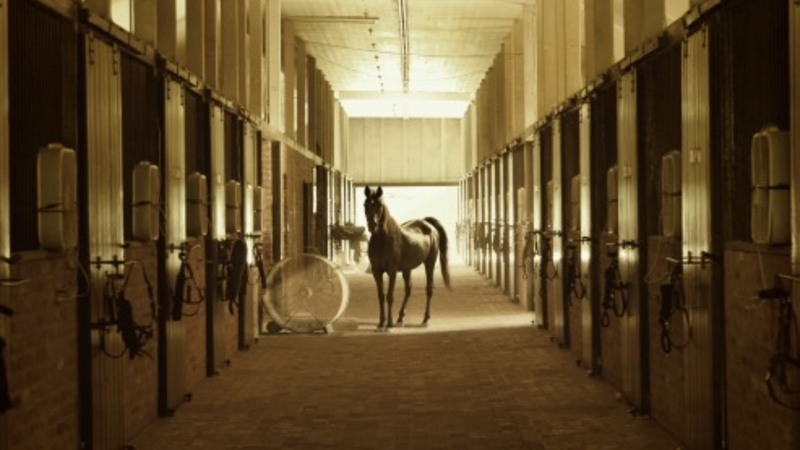‘Shutting the stable door after the horse has bolted’
A couple of years ago, I worked with a team of dedicated crisis and business continuity planners to prepare comprehensive plans for an international business. Everything was to be new: organisation, plans, training, and resources. The brief was to address ‘all risks’. We were to influence a culture-shift and move away from the single-scenario weather event that had previously been the sole focus.
The project successfully achieved its objectives except the culture shift, but we didn’t know that at the time.
Then there was a major incident, and it was the weather event predicted by popular wisdom. Resources were stretched to the maximum, communications were severely tested and many lessons were learned. The management conclusion was to roll back the years and to again focus contingency planning on a single scenario, determined that all other crises could be managed using the narrowly focussed plan for extreme weather. All previous work was shelved.
An illustrated public version of the new plan was recently revealed. It was heavily criticised by the resilience community for its lack of vision.

I understand the thinking that by planning for ‘the worse-case crisis’ (The Room 101 scenario), every lesser event must be manageable by scale. This approach, if accompanied by the necessary resources, would certainly be attractive for corporate risk managers wanting an easy life. Ultimately, however, it is flawed and unsustainable. A plan that instructs a single course of action following a single type of event (because it worked (or didn’t) last time) is missing the point. A crisis plan is not a checklist for fixing a light-bulb, it must make allowances for the vagaries of crises, for the nature of human beings to react differently from one another and for the changing priorities as the incident develops. To illustrate this further, the weather-related crisis of my story occurred during daylight hours in the summer and there were no casualties. The new plan assumes that the next event will be the same; it makes no allowance for a dark, mid-winter occurrence or one where lives are affected.
In planning, concentrate less on the possible scenarios and more on the possible consequences.
